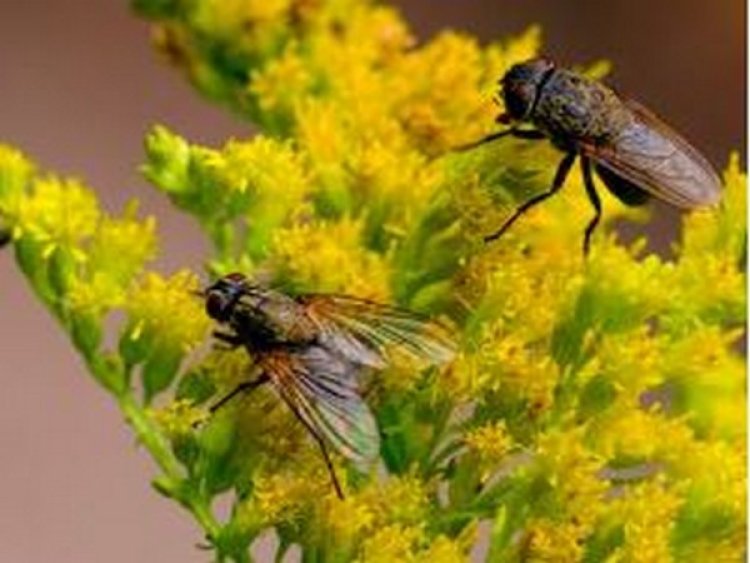Researchers find method of transforming flies into degradable plastics

Los Angeles, US: Researchers have found a method to isolate and purify insect-derived chemicals and convert them into functional bioplastics.
“For 20 years, my group has been developing methods to transform natural products — such as glucose obtained from sugar cane or trees — into degradable, digestible polymers that don’t persist in the environment,” said Karen Wooley, PhD, the project’s principal investigator.
“But those natural products are harvested from resources that are also used for food, fuel, construction and transportation.”
Wooley began looking for alternatives that did not have these competing applications. Her colleague Jeffery Tomberlin, PhD, suggested she use waste products from farming black soldier flies, an expanding industry he has been assisting in the development of.
Because the larvae of these flies contain a high concentration of proteins and other nutritious compounds, immature insects are increasingly being raised for animal feed and waste consumption. Adults, on the other hand, have a short life span after breeding and are then discarded.
At Tomberlin’s suggestion, those adult carcasses became the new starting material for Wooley’s team. “We’re taking something that’s quite literally garbage and making something useful out of it,” said Cassidy Tibbetts, a graduate student working on the project in Wooley’s lab at Texas A&M University.
Tibbetts discovered that chitin is a major component of the dead flies when she examined them. This nontoxic, biodegradable polymer derived from sugar strengthens the shell, or exoskeleton, of insects and crustaceans.
Chitin is already extracted from prawn and crab shells for a variety of applications, and Tibbetts has been extracting and purifying it from insect carcasses using ethanol rinses, acidic demineralization, basic deproteinization, and bleach decolourization. She claims her fly-sourced chitin powder is probably purer because it lacks the traditional product's yellowish colour and clumpy texture.
She also mentioned that obtaining chitin from flies may alleviate concerns about some seafood allergies.
Other researchers isolated chitin or proteins from fly larvae, but Wooley claims her team is the first to use chitin from discarded adult flies, which, unlike the larvae, aren't used for feeding.
While Tibbetts refines her extraction techniques, Hongming Guo, another graduate student in Wooley's lab, is converting the purified fly chitin into chitosan, a similar polymer. He accomplishes this by removing the acetyl groups from chitin.
This revealed chemically reactive amino groups, which can then be functionalized and crosslinked. These steps convert chitosan into useful bioplastics like superabsorbent hydrogels, which are three-dimensional polymer networks that absorb water.
Guo created a hydrogel that absorbs 47 times its weight in water in one minute.
This product could potentially be used in cropland soil to capture floodwater and then slowly release moisture during subsequent droughts, Wooley said.
“Here in Texas, we’re constantly either in a flood or drought situation,” she explained, “so I've been trying to think of how we can make a superabsorbent hydrogel that could address this.” And because the hydrogel is biodegradable, she says it should gradually release its molecular components as nutrients for crops.
This summer, the team will begin a project to degrade chitin into monomeric glucosamines. These small sugar molecules will then be used to produce bioplastics such as polycarbonates and polyurethanes, which are traditionally derived from petrochemicals.
Proteins, DNA, fatty acids, lipids, and vitamins are among the many useful compounds found in black soldier flies, which the group intends to use as starting materials.
When discarded, the products made from these chemical building blocks are designed to degrade or digest, thereby not contributing to the current plastic pollution problem.
Wooley’s vision for that process would align it with the sustainable, circular economy concept, “Ultimately, we'd like the insects to eat the waste plastic as their food source, and then we would harvest them again and collect their components to make new plastics,” she said.
“So the insects would not only be the source, but they would also then consume the discarded plastics.”















































